Zambia to Establish Investment Company for 30% Stake in Critical Minerals Production
Zambia plans to create an investment company that will hold at least a 30% stake in the production of critical minerals from future mining projects, Mines Minister Paul Kabuswe announced on Thursday. This move is part of a broader strategy to ensure the country maximizes the benefits from its rich deposits of metals essential for the global energy transition.
As Africa’s second-largest copper producer, Zambia is aiming to more than quadruple its copper output by early in the next decade. The country also boasts significant deposits of cobalt, graphite, and lithium, all of which are vital for the production of batteries and other clean energy technologies.
Under the new plan, the government will establish a special purpose vehicle (SPV) to invest in critical minerals. This SPV will operate under a “production sharing mechanism” that guarantees a minimum 30% of the output from new mining projects is reserved for the state, according to the framework document unveiled by Kabuswe in Lusaka.
Major international mining companies, including Barrick Gold Corp., First Quantum Minerals Ltd., and China Nonferrous Mining Corp., are currently investing in their Zambian copper projects. The government is also relying on the Konkola and Mopani copper mines, controlled by Vedanta Resources Ltd. and Abu Dhabi’s International Resources Holding, respectively, to significantly ramp up production.
To meet its ambitious goal of producing 3 million tons of copper annually by 2031, Zambia’s existing mines will need to double their output to about 1.4 million tons, according to a separate report from the Ministry of Mines. New exploration projects, such as the Bill Gates-backed KoBold Metals’ Mingomba project, are expected to contribute an additional 1.2 million tons per year.
The government also plans to mandate that investors in the critical minerals sector allocate at least 35% of procurement costs to local suppliers. Additionally, the country will review its policy and regulatory environment to limit the export of unprocessed minerals, aiming to boost local value addition.
The announcement comes as Zambia rejected a request to renew the exploration license for the Kazhiba target at Midnight Sun Mining’s Solwezi copper project, without providing an explanation. The rights have been awarded to another company, prompting Midnight Sun to suspend work on the project and consider an appeal.
This new investment strategy underscores Zambia’s commitment to leveraging its natural resources for national development and ensuring that the benefits of its mineral wealth are more broadly shared within the country.
Meanwhile shares of Midnight Sun Mining Corp. (TSXV: MMA) fell sharply on Thursday after the company announced that the Zambian government had rejected its request to renew the exploration license for the Kazhiba target at its flagship Solwezi copper project. The unexpected decision has raised concerns about the company’s future operations in Zambia.
The Zambian government, which also revealed plans on Thursday to establish a new state-controlled company to hold a 30% stake in all future mining projects, did not provide a reason for denying the license renewal. Midnight Sun Mining reported that the exploration rights for Kazhiba had been awarded to another company, though details on the recipient were not disclosed. As a result, the Canadian junior miner has suspended all work at Kazhiba but hinted at a possible appeal.
“While we are disappointed in the current situation, we do believe it will be rectified,” said Midnight Sun CEO Al Fabbro in a press release. “We are taking all possible steps to expedite a swift resolution so that we can resume our exploration at Kazhiba.”
The news sent Midnight Sun’s shares plummeting 11% on the Toronto Stock Exchange, closing at C$0.355 per share, bringing the company’s market capitalization to C$58.7 million ($43.5 million).
Kazhiba: A High-Potential Copper Target
The Kazhiba target is one of three key exploration areas on Midnight Sun’s 506-square-kilometer property in Zambia that have shown significant copper potential. The site is characterized by a previously undiscovered basement dome similar to those at the Kansanshi mine operated by First Quantum Minerals (TSX: FM) and the Lumwana mine owned by Barrick Gold (TSX: ABX; NYSE: GOLD), according to Midnight Sun.
Kazhiba is particularly notable for its high-grade 22 zone, located just 10 kilometers from the western gate of First Quantum’s Kansanshi mine complex. The zone was identified in 2012 through shallow drilling, which revealed a subtle copper anomaly beneath thick overburden. One of the initial discovery holes intersected 11.3 meters of copper grading 5.71%, a promising result for the company.
Midnight Sun had planned to conduct further exploration at Kazhiba this year, aiming to define its copper oxide resources and assess potential feed sources for the nearby Kansanshi mine. The company had applied to renew the Kazhiba license for a final three-year extension, as allowed under Zambian mining law.
No Formal Notice from Zambian Authorities
Despite submitting its application, Midnight Sun stated that Zambia's mining licensing committee rejected the renewal in June without issuing a formal notice. Instead, the decision was quietly posted on the committee's website. The company expressed frustration over the lack of transparency and clarity regarding which entity was granted the exploration rights.
Other Projects Unaffected
While the Kazhiba setback is significant, Midnight Sun assured investors that its other two Zambian licenses remain unaffected. One of these covers the Dumbwa target, which is under an earn-in agreement with KoBold Metals, the high-profile startup backed by billionaires Bill Gates and Jeff Bezos. The second license covers the Kansanshi-style Mitu target, part of a cooperative exploration plan with First Quantum Minerals.
Exploration activities will continue as planned at Mitu, a larger target than Kazhiba with near-surface oxide copper potential. Previous drilling at Mitu has returned encouraging results, including an intersection of 11.6 meters at 3.44% copper.
Source : Mining.com






















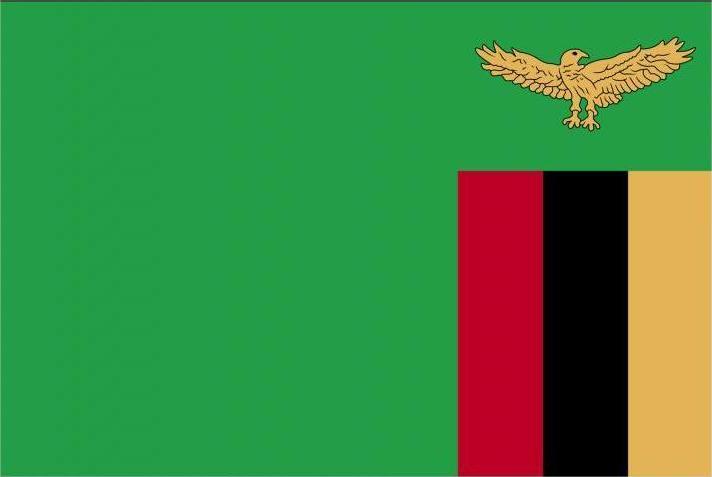
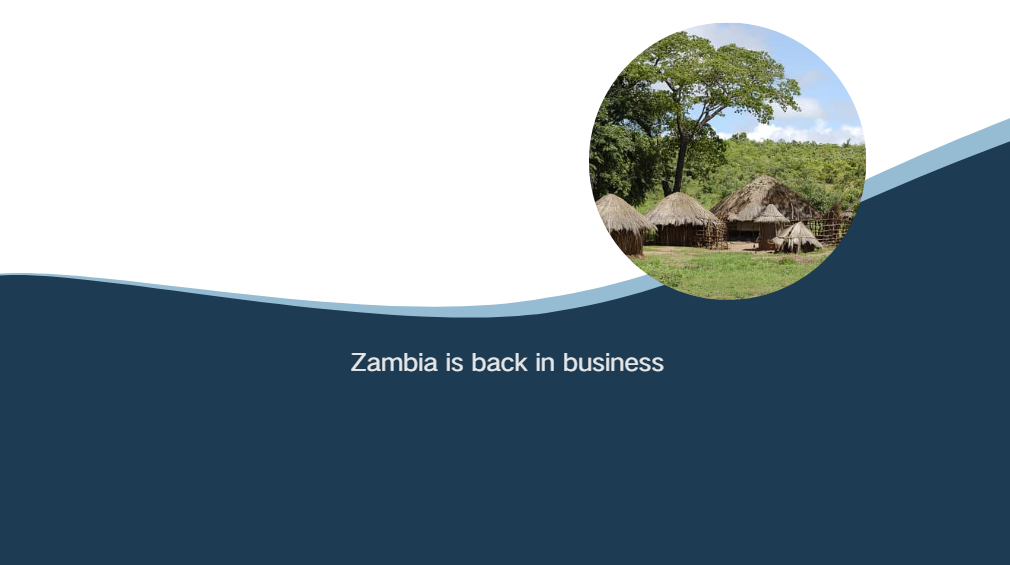
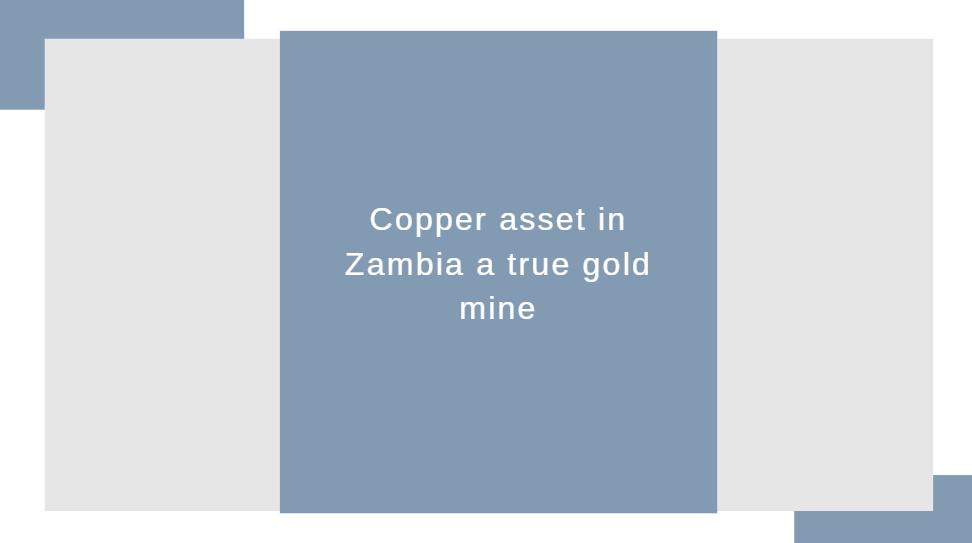
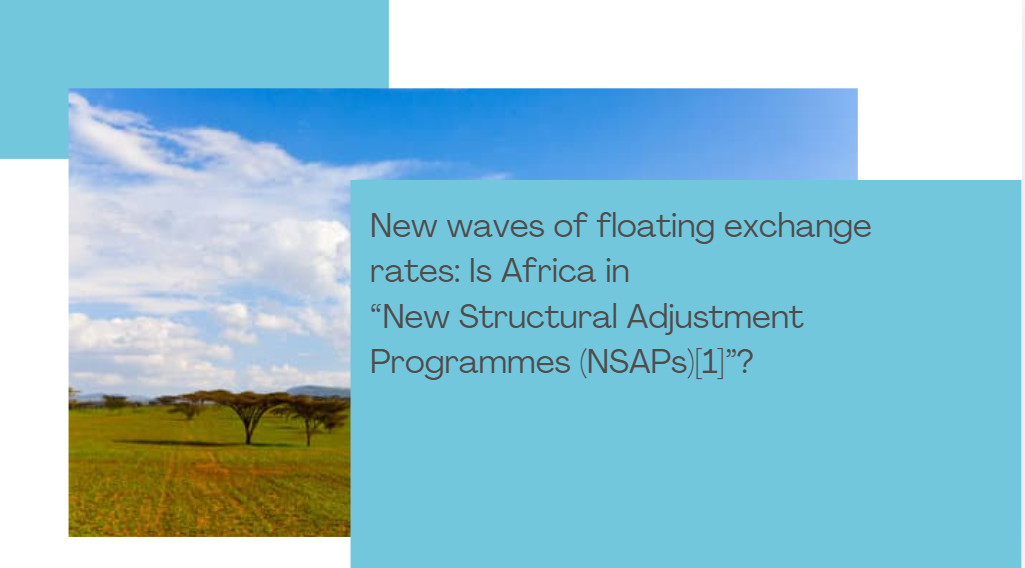
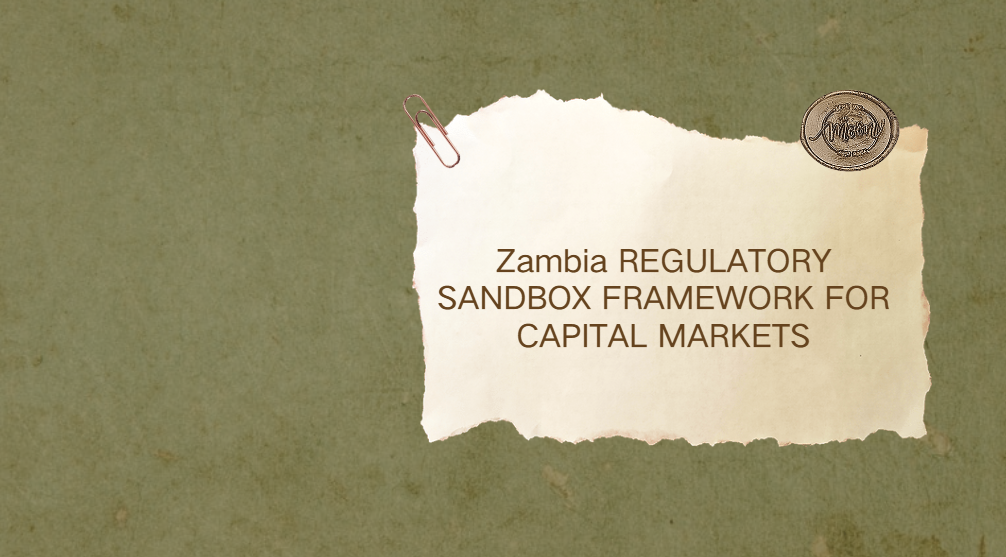




























First, please LoginComment After ~